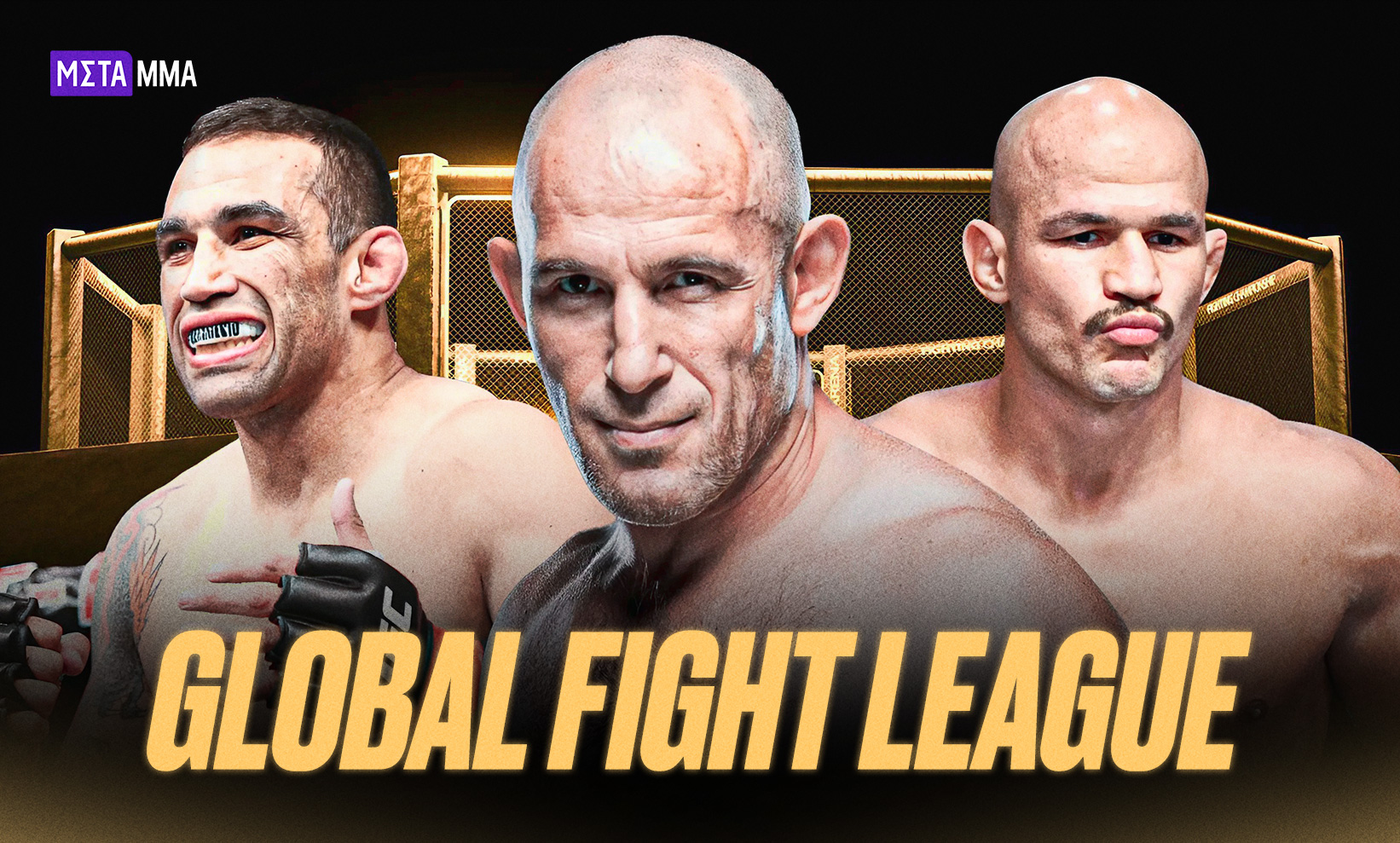The world of mixed martial arts is no stranger to ambitious declarations and the occasional dramatic misstep. Yet, few sagas have captured the collective eyebrow-raise quite like that of the Global Fight League (GFL). After an initial, highly publicized attempt to disrupt the MMA landscape crumbled before it even began, the promotion has now emerged from a period of conspicuous silence, boldly proclaiming a 2026 launch. The question on everyone`s mind, however, is not if they`ll launch, but can they convince a deeply skeptical audience and an even more wary financial market?
The Promise and the Precipice: GFL`s Initial Vision
Just a short while ago, GFL burst onto the scene with considerable fanfare. The league promised a fresh take on professional fighting, attracting a roster of significant names in the combat sports world. With aspirations of hosting two inaugural events in May—events that would showcase their formidable talent pool—the promotion seemed poised for a grand entrance. The buzz was undeniable; whispers of a legitimate challenger to established giants like the UFC began to circulate, fueled by the sheer volume of high-profile athletes reportedly signing on.
The Unraveling: Investment Woes and Abrupt Cancellations
However, the grand vision swiftly dissolved into an anticlimax. The promised May events, which were to be GFL’s coming-out party, were unceremoniously canceled. The stated reason was a stark reality often faced by ambitious startups: a critical lack of investment. This abrupt halt left signed athletes in limbo and fans scratching their heads, turning initial excitement into a collective groan of disappointment. The promotion, which had once been so vocal, receded into a silence that stretched for months, leading many to conclude that GFL had become another cautionary tale in the annals of failed sports ventures.
A Phoenix or a Mirage? The 2026 Announcement
Against this backdrop of past failure and lingering doubts, GFL recently broke its silence with an official statement, shared via social media. The message was concise, thanking “athletes, fans, and partners” for their patience and support, and promising a reveal of “plans for 2026.” The hashtag #TogetherWeFight accompanied the announcement, an optimistic rallying cry that, for many, rang hollow.
The declaration of a 2026 launch date, while ostensibly a positive update, has been met not with renewed hope, but with a tidal wave of cynicism from the MMA community. Social media platforms, the very arenas where GFL initially built its hype, are now awash with derision. Comments range from incredulous laughter to outright accusations of financial instability.
The Chorus of Skepticism: “Stop the Cap” and Beyond
The fan reactions speak volumes. “Twitter needs a laugh button for posts like this! I’ll believe it when I see it,” remarked one user, encapsulating the general sentiment. Another quipped, “They probably already signed Wanderlei [Silva] from the hospital bed,” a darkly humorous jab at the tendency of new promotions to recruit veteran fighters, sometimes past their prime. The notion of placing bets on GFL`s non-launch underscores the depth of public distrust. Phrases like “We’re not falling for this again” and the blunt “Stop the cap, you guys are broke” highlight a pervasive belief that this is less a comeback and more a repetition of past mistakes, or perhaps, a mere PR exercise.
The Uphill Battle: Reviving Trust and Investment
For GFL, the path to 2026 is less a smooth road and more a treacherous climb. Their primary challenge isn`t just securing investment—it`s rebuilding credibility. Launching a major sports league requires monumental capital, robust operational infrastructure, and, critically, the unwavering faith of athletes, broadcasters, sponsors, and fans. When that trust is fractured early on, the mend is excruciatingly difficult.
The MMA landscape is fiercely competitive, dominated by established entities with deep pockets and proven track records. Any new entrant needs a compelling differentiator, flawless execution, and a truly disruptive business model to stand a chance. GFL`s initial failure, regardless of the reasons, has significantly raised the bar for their second attempt. They are no longer simply entering the market; they are attempting a redemption arc before their story even truly began.
Conclusion: A Long Road Ahead
While the Global Fight League teases a 2026 revival, the journey from a hopeful announcement to a fully operational, successful promotion is fraught with obstacles. For now, the sentiment among the MMA faithful leans heavily towards “seeing is believing,” and even then, perhaps with a healthy dose of doubt. GFL has not only to secure its financial future but also to win back the hearts and minds of an audience that has already been promised much and delivered little. Only time, and perhaps a truly groundbreaking strategic pivot, will tell if the Global Fight League can finally live up to its ambitious name.

